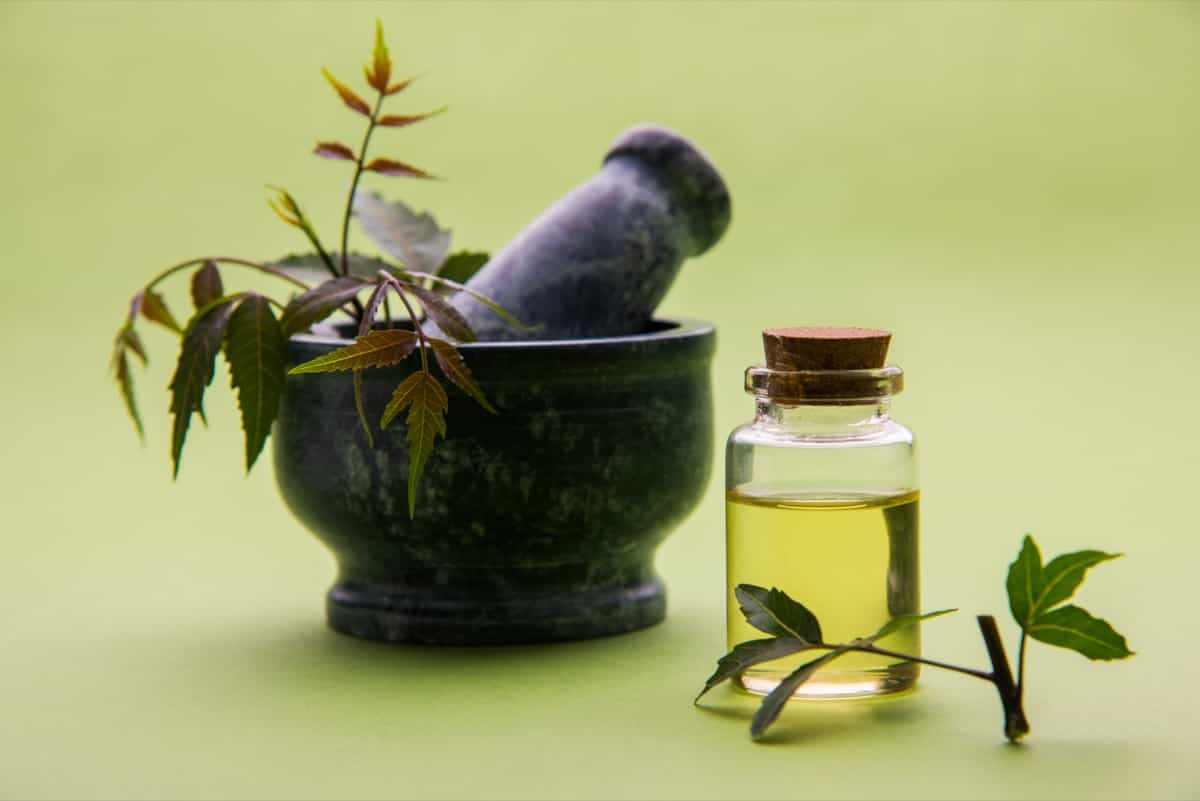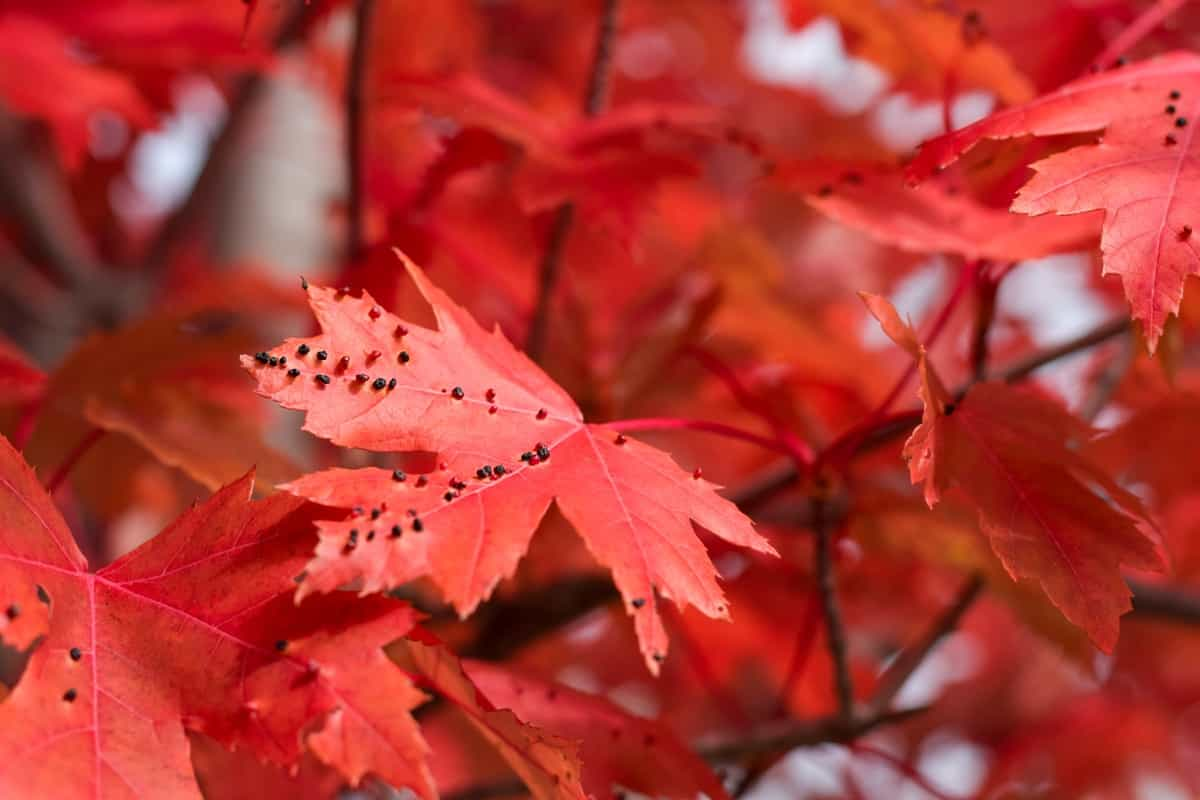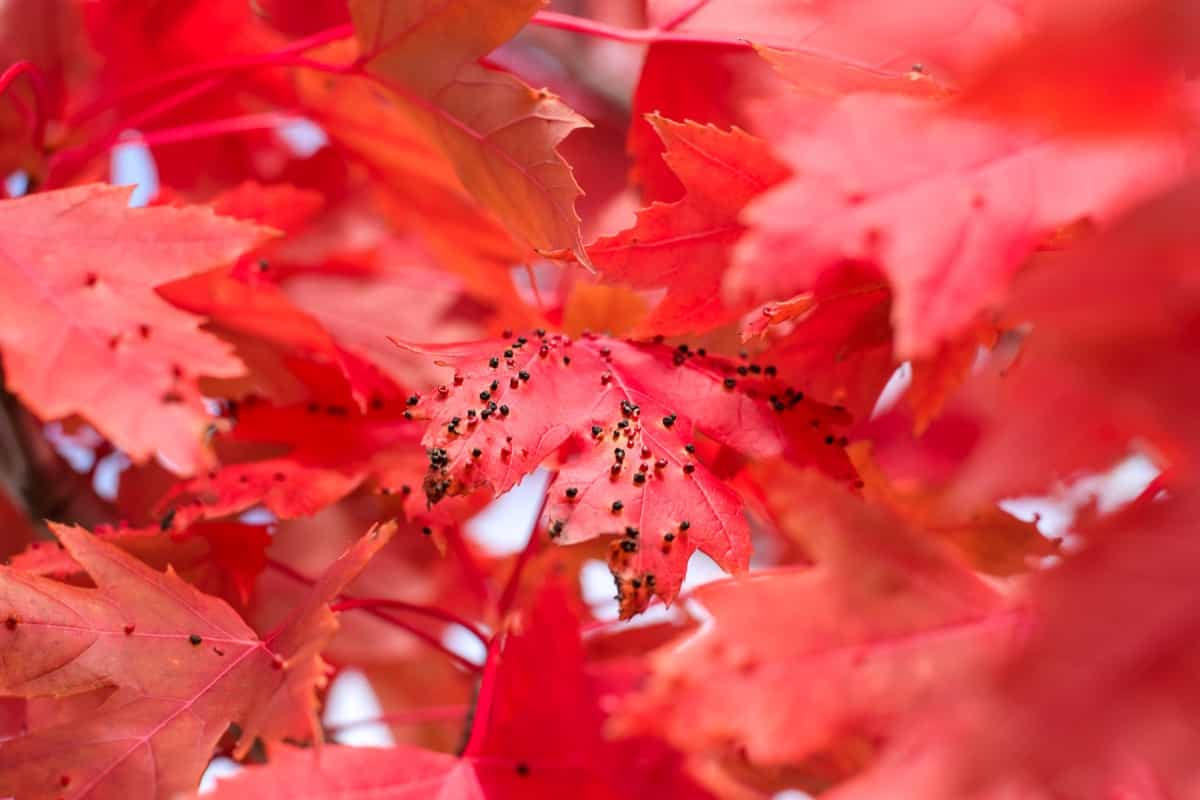Gall mites, tiny arachnids that infest plants and cause abnormal growths known as galls, can wreak havoc on gardens and crops. In the quest for a natural, organic, and effective solution, neem oil emerges as a promising remedy. Extracted from the neem tree’s seeds (Azadirachta indica), neem oil has long been celebrated for its pest-repelling properties and eco-friendly nature. Understanding its application is crucial in utilizing this botanical marvel to combat gall mites and restore plant health.

Neem Oil Application for Gall Mites Control
Neem Oil and its Benefits for Gall Mites
Azadirachtin, a key component, disrupts the feeding and reproductive processes of gall mites, hindering their ability to infest and reproduce on plants. Regular application of neem oil creates a protective barrier on plant surfaces, deterring gall mites from settling and causing damage. Moreover, neem oil has systemic properties, meaning it can be absorbed by the plant, providing long-lasting protection from future infestations.
Beyond its pest control capabilities, neem oil enhances overall plant health. It acts as a natural fertilizer, promoting robust growth and strengthening the plant’s natural defenses. Neem oil also possesses antifungal properties, preventing the development of fungal diseases that may accompany gall mite infestations.
How to Prepare Neem Oil to Use on Gall Mites
- In a container, combine one liter of water with 2-4 tablespoons of neem oil. The concentration may vary based on the severity of the infestation and the plant type. A higher concentration may be used for more resilient plants.
- Add 1-2 teaspoons of mild liquid detergent to the mixture. The detergent helps the neem oil solution adhere to the plant surfaces.
- Stir the solution well to ensure proper emulsification of neem oil in water. This step is crucial for even distribution and effectiveness.
- Pour the prepared neem oil solution into a spray bottle. A spray bottle with an adjustable nozzle allows better control over the application.
How to Apply Neem Oil on Gall Mites
- Spray the neem oil solution on both sides of the leaves, focusing on the affected areas. Apply during the early morning or late afternoon.
- Repeat every 7-14 days until the infestation is controlled. Ensure thorough coverage for effective results. Use a fine mist for even distribution.
- Be consistent in applications for lasting protection. Consider higher concentrations for resilient plants. Avoid spraying in direct sunlight.
- Support overall plant health with neem oil’s natural benefits. Monitor plant condition and adjust treatment as needed.
In case you missed it: Neem Oil Application for Spider Mites Control: Natural Ways to Control Spider Mites on Plants

Mixing and Dilution for the Right Concentration of Neem Oil for Gall Mites
- Choose High-Quality Neem Oil: Begin with a cold-pressed, high-quality neem oil for optimal effectiveness.
- Determine Target Concentration: The recommended concentration varies based on the severity of the infestation and the plant type. As a starting point, aim for a 0.5% to 2% neem oil solution.
- For a 0.5% solution: Mix 1/2 teaspoon of neem oil per liter of water.
- For a 1% solution: Mix 1 teaspoon of neem oil per liter of water.
- For a 2% solution: Mix 2 teaspoons of neem oil per liter of water.
- Add Detergent (Surfactant): Neem oil is hydrophobic, so add a mild liquid detergent (insecticidal soap or a dish soap without additives) at a rate of 1-2 teaspoons per liter of water. The detergent helps the oil emulsify and adhere to plant surfaces.
- Stir Thoroughly: Mix the solution thoroughly to ensure the neem oil is well-emulsified in the water. Proper emulsification is crucial for even distribution and effectiveness.
- Pour into a Spray Bottle: Transfer the neem oil solution to a spray bottle for easy application.
How Long Does Neem Oil Stay Effective on Gall Mites?
Neem oil remains effective on gall mites for about 7 to 14 days after application. The duration of effectiveness depends on factors such as weather conditions, plant type, and the severity of the infestation. Reapply neem oil regularly to maintain a protective barrier against gall mites, especially during the growing season.
Applying neem oil consistently helps prevent reinfestation and promotes sustained protection for plants. Regular monitoring of plant health is essential, and reapplication should occur if new gall mite activity is observed. Environmental factors, like temperature and sunlight, can influence the persistence of neem oil on plants. Overall, maintaining a routine neem oil application schedule ensures continuous protection against gall mites and supports healthy plant growth.
Using Neem Oil Along with Other Pest Control Methods
Integrating neem oil with diverse pest control strategies enhances its effectiveness against gall mites. Employ companion planting by intercropping neem oil-treated plants with those that naturally repel pests. Encourage beneficial insects like predatory mites, ladybugs, and lace wigs, fostering a balanced ecosystem that mitigates gall mite populations. Rotate neem oil with different organic pesticides to prevent pest resistance.
In case you missed it: How to Get Rid of Spider Mites on Indoor Plants: Natural and Organic Remedies

Combine cultural practices such as pruning infested plant parts and maintaining proper plant hygiene to reduce gall mite habitats. Timing neem oil applications with the pest life cycle maximizes impact, disrupting reproduction. The synergistic effect of these methods creates a holistic defense, reducing reliance on any single approach and promoting a sustainable, environmentally friendly pest control strategy.
Some Common Pests and Diseases That Neem Oil Can Control on Gall Mites
It targets sap-sucking insects like aphids, thrips, and whiteflies, disrupting their feeding and reproductive processes. Neem oil’s antifungal properties combat powdery mildew, a common issue accompanying gall mite infestations. Spider mites, another problematic pest, succumb to neem oil applications due to its miticidal effects. Additionally, neem oil acts as a deterrent for caterpillars and certain beetle species.
The broad-spectrum control provided by neem oil ensures comprehensive protection for plants, addressing a range of issues that may arise alongside gall mite infestations. Regular applications not only manage gall mites but contribute to overall plant health by preventing and treating multiple pests and diseases, creating a resilient and thriving garden.
How to Monitor the Effectiveness of Neem Oil on Gall Mites
Observe the foliage for signs of gall mite activity, such as distorted growth, discoloration, or the presence of galls. Monitor the population density of mites on both the upper and lower surfaces of leaves. If gall mite infestations persist or reappear, consider adjusting the frequency of neem oil applications.
Look for improvements in overall plant health, including vibrant growth and reduced damage. Assessing the ongoing health of the treated plants helps gauge the success of neem oil in controlling gall mites. Adjust the application schedule or incorporate additional pest control methods as needed for a more effective and targeted approach.
Safety Precautions to Take When Using Neem Oil on Gall Mites
- Exercise caution to avoid skin and eye contact with concentrated neem oil. Wear protective clothing, including gloves and goggles, during handling and application.
- Keep treated areas off-limits to pets and children until completely dry. Test neem oil on a small plant portion before widespread use to ensure plant compatibility.
- Use neem oil according to product instructions, avoiding excessive concentrations that may harm plants.
- Apply in well-ventilated conditions and refrain from spraying during extreme temperatures. Store neem oil in a dark and cool place, and it should be away from direct sunlight.
In case you missed it: How to Protect Cucumbers from Aphids, Mites, and Beetles: Naturally and Organically

Conclusion
In conclusion, neem oil stands as a natural and effective remedy for controlling gall mites on plants. Its botanical properties disrupt the mite life cycle while promoting overall plant health. With eco-friendly attributes and versatility in addressing various pests, neem oil proves to be a sustainable and holistic solution for gall mite control.
- Feed Your Flock for Less: Top 10 Tips to Save on Chicken Feed
- Ultimate Guide to Ossabaw Island Hog: Breeding, Raising, Diet, and Care
- Hatching Answers: The Top 10 Reasons Your Chickens Aren’t Laying Eggs
- Eggs and Economics: Breaking Down the Cost of Raising Backyard Chickens
- Defend Your Greens: Proven Methods to Keep Iguanas Out of Your Garden
- Ultimate Guide to Cinnamon Queen Chicken: A Comprehensive Guide for Beginners
- Ultimate Guide to California Tan Chicken: Breeding, Raising, Diet, Egg-Production and Care
- Ultimate Guide to Marsh Daisy Chicken: Breeding, Raising, Diet, and Care
- 10 Types of Chicken Farming Businesses You Can Start for Profits